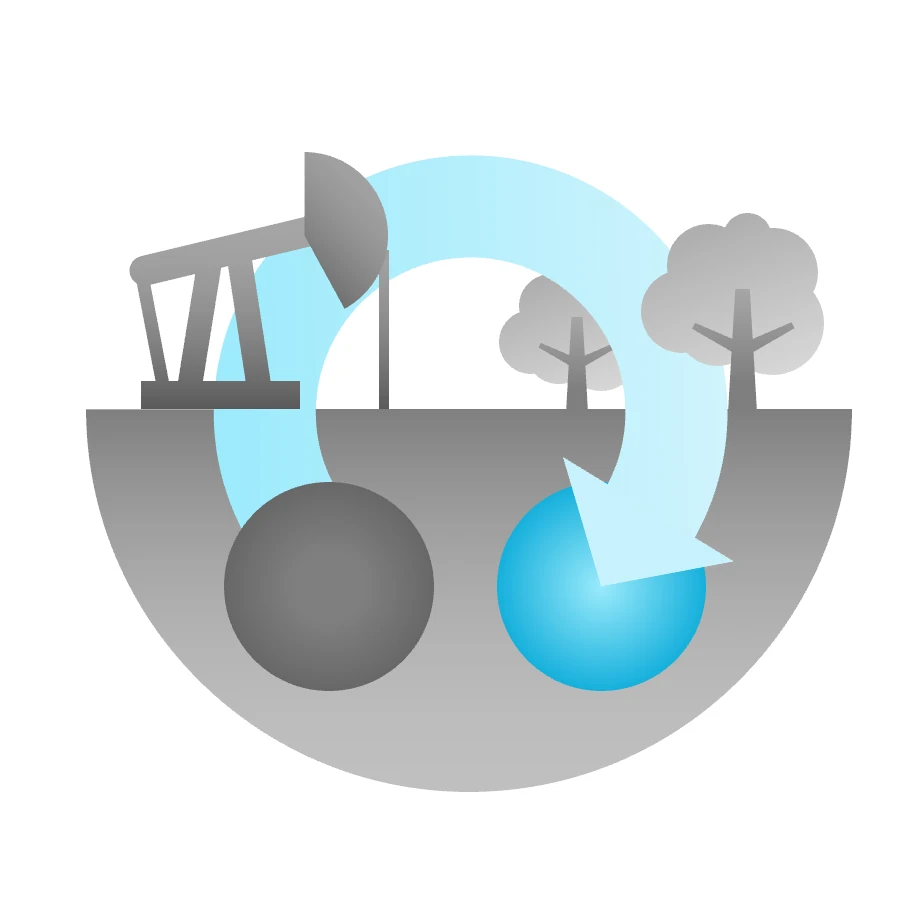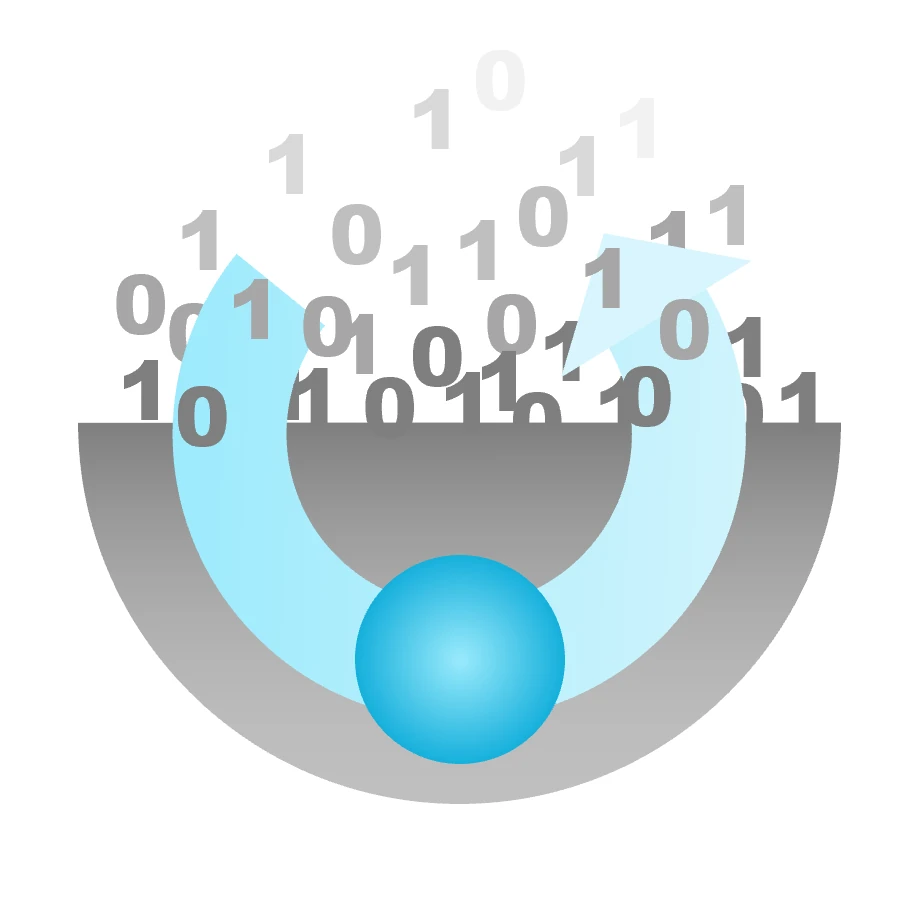Our Research
The reserach in our section falls into three categories: Geo-Energy, Geo-environmental Protection, and Computational Geosciences.
Geo-Energy
Our research on geo-energy explores methods to harness Earth's geothermal energy, advances the storage of liquid hydrogen in the subsurface, and studies the carbon footprint.
Geo-Environmental Protection
Industrial operations and anthopogenic interventions carry risks. Our research explores techniques to mitigate the impact of fossil fuel consumption, and analyzes the consequences of subsurface operations to reduce their future impact.
Computational Geoscience
The subsurface is mostly out of reach and out of sight. To rigorously analyse and predict the impact of subsurface operations, we advance research in data assimilation, optimization and control theory, and numerical simulation.
Our Publications
Below, you can access a list of our section's most recent publications.
- P. Cornelissen, B. J. Meulenbroek, J. D. Jansen, (2024), On the Derivation of Closed-Form Expressions for Displacements, Strains, and Stresses Inside Poroelastic Reservoirs, In Journal of Geophysical Research: Solid Earth Volume 129.
- V. Indina, B. R.B. Fernandes, M. Delshad, R. Farajzadeh, K. Sepehrnoori, (2024), On the Significance of Hydrate Formation/Dissociation during CO<sub>2</sub> Injection in Depleted Gas Reservoirs, In SPE Conference at Oman Petroleum and Energy Show, 2024, Society of Petroleum Engineers.
- Yuhang Wang, Thejas Hulikal Chakrapani, Zhang Wen, Hadi Hajibeygi, (2024), Pore-scale simulation of H<sub>2</sub>-brine system relevant for underground hydrogen storage: A lattice Boltzmann investigation, In Advances in Water Resources Volume 190.
- W. R. Rossen, R. Farajzadeh, G. J. Hirasaki, M. Amirmoshiri, (2024), Potential and challenges of foam-assisted CO<sub>2</sub> sequestration, In Geoenergy Science and Engineering Volume 239.
- A. Veltmeijer, M. Naderloo, A. Pluymakers, A. Barnhoorn, (2024), Precursory Signals to Injection Induced Fault Reactivation in the Laboratory Using Active Ultrasonic Monitoring Methods, In Journal of Geophysical Research: Solid Earth Volume 129.
- Túlio de M. Cavalcante, Artur C.R. Souza, Hadi Hajibeygi, Darlan K.E. Carvalho, Paulo R.M. Lyra, (2024), Simulation of two-phase flow in 3D fractured reservoirs using a projection-based Embedded Discrete Fracture Model on Unstructured tetrahedral grids (pEDFM-U), In Advances in Water Resources Volume 187.
- Kenta Yamada, Mojdeh Delshad, Larry W. Lake, Kamy Sepehrnoori, Bruno Ramon Batista Fernandes, Rouhi Farajzadeh, (2024), The Role of Miscible Gas Mixing on CO<sub>2</sub>-Enhanced Methane Recovery, In Society of Petroleum Engineers - SPE Annual Technical Conference and Exhibition, ATCE 2024, Society of Petroleum Engineers (SPE).
- Bernard Meulenbroek, Jan-Dirk Jansen, (2024), The use of Cauchy-type singular integrals over neighboring intervals to compute induced slip in displaced faults, In International Journal of Solids and Structures Volume 300.
- Le Zhang, Anne Catherine Dieudonné, Alexandros Daniilidis, Longjun Dong, Wenzhuo Cao, Robin Thibaut, Luka Tas, Thomas Hermans, (2025), Thermo-hydro-mechanical modeling of geothermal energy systems in deep mines: Uncertainty quantification and design optimization, In Applied Energy Volume 377.
- A. Daniilidis, Towards comprehensive uncertainty quantification in direct-use geothermal systems








